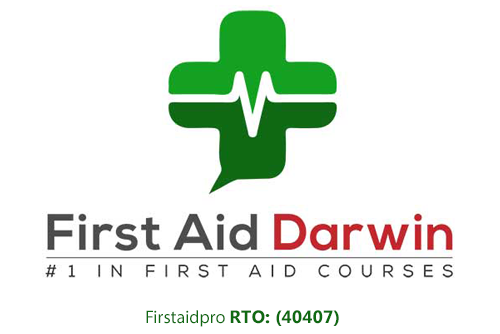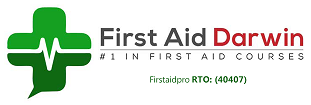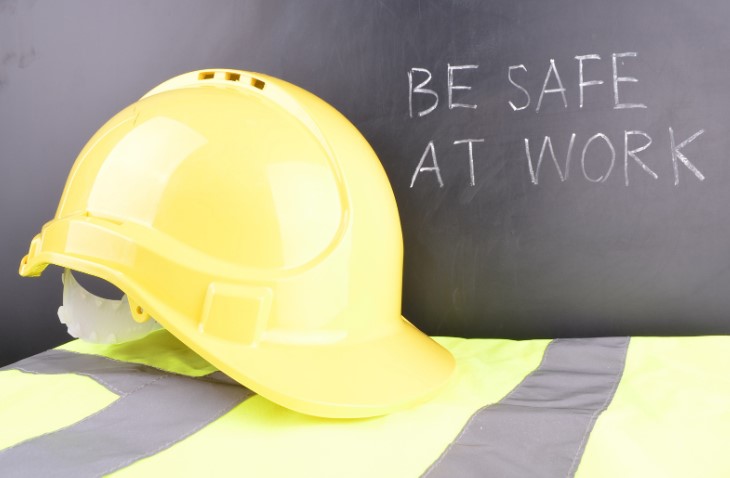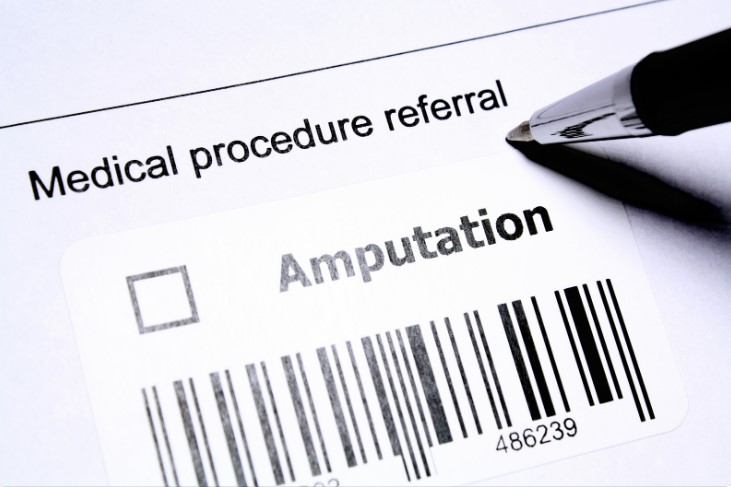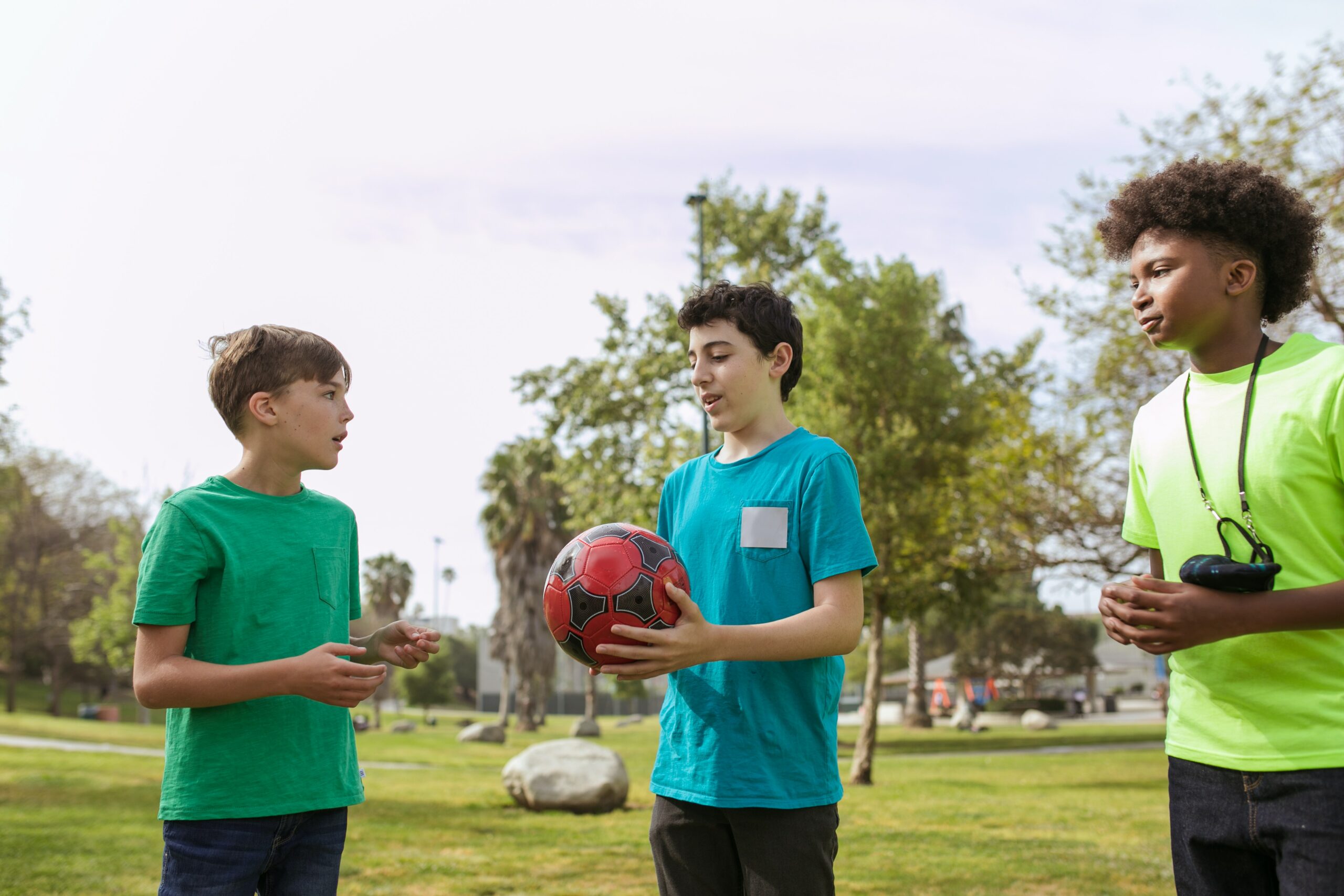Athlete safety should always be the top priority for coaches, parents, and players. This means that no matter the what’s being played, sports first aid and injury prevention should be an essential part of things.
Sports injuries can happen at any level of competition – from school sport and social clubs through to professional teams. While some people have access to professional athletics trainers and full-time medical staff, most do not.
In situations where there is limited access to medical resources, the responsibility for the health and safety of athletes often falls on parents and coaches.
Here, we explore necessary steps for sports first aid and injury prevention tips for athlete safety.
Why is Injury Prevention Important in Sports?
The best approach to take with sports injuries is always to prevent them from happening in the first place.
Think of injury prevention as another part of the sport’s rulebook. Following the rules of the game, using the right equipment in the correct way, and knowing some sports first aid can go a long way toward preventing injuries.
Significant sports injuries are divided into two categories: acute and chronic.
Acute injuries occur when a person suffers from a fall, receives a blow, or twists a joint. In contrast, chronic injuries are often a result of the overuse of one or more body areas. The latter tends to develop painful symptoms over time.
Common acute injuries include sprains, strains, and dislocation, while chronic examples are shin splints and stress fractures.
There are many reasons why an athlete can suffer from a sports injury, such as poor technique, over-training, and incorrect footwear or safety equipment.
Australia is known to be a nation of sports lovers. However, as most people know, taking part in a sport does not come without risks.
In fact, according to the latest data from the Australian Institute of Health and Welfare – around 60,000 hospitalisations occur due to sports injuries every year.
The good news is that most sports injuries are treatable, and most likely the athlete will be able to return to normal physical activity after recovery.
Even better, many sports injuries are entirely preventable with proper precautions.
Sports First Aid
Here are some key points to know about sports first aid and injury treatment.
Head and Neck Injuries
Severe head and neck injuries occur most often for athletes in contact sports, or with a high potential of falling.
A mishandled head or neck fracture could result in permanent paralysis or death. Keep the victim still with head in a straight position while someone calls triple zero (000) for emergency medical help.
If the person is lying on the ground, let them be still and do not attempt to move them unless there is an immediate danger.
Back Injuries
Most back injuries occur due to sudden twists or overexertion of back muscles during bending or lifting movements while playing.
In the first 48 hours after the injury, the main aim of sports first aid treatment for a back injury is to decrease pain, swelling, and muscle spasms.
Getting rest, applying ice to the affected area, and taking over the counter medication can help with these symptoms.
Hand and Wrist Injuries
Hand, finger, and wrist injuries can happen in situations that force the muscles in this area to bend backward or receive a direct blow.
Use the RICE treatment (rest, ice, compression, elevation) to relieve pain and swelling. Avoid using the injured hand or wrist for the first 24 hours after the injury.
Foot and Ankle Injuries
Feet and ankles are particularly vulnerable to injury in sports that involves jumping or running.
Following such an injury, the most common treatment is to apply a pressure bandage on the affected area. Using compression help minimise the swelling and promote faster recovery.
Start the pressure bandage out the toes and work the way up.
How to Prevent Sports Injuries
Here are some ways to reduce the risk of sports-related injuries.
- Set aside time to warm up and stretch before any practice or game. Doing so helps release muscles tension and increases flexibility.
- Play safe by strictly following rules and guidelines of the game or sport.
- Take breaks. Rest periods during practice and games can reduce injuries and prevent heat related illness.
- Wear proper protective equipment to lower the chance of an injury. These include pads, helmets, mouthpiece faceguards, eyewear, and more.
- Avoid dehydration by drinking plenty of fluids before, during, and after the game.
- Do not play through pain – immediately stop once symptoms become uncomfortable.
- Learn first aid and other wound care techniques.
What Should Be in a Sports First Aid Kit?
No sporting event or competition should occur without a sports first aid kit designed to treat the most common injuries and illnesses and the field.
The content and type of first aid kit may vary by sport. General supplies may include bandages, gauzes, medical tape, elastic wrap, antiseptic wipes, first aid tools (scissors, tweezers), neoprene joint brace, etc.
Learn First Aid
Injuries can bring several complications, and it is because not all signs and symptoms of potentially serious conditions are obvious.
There is a vital need for parents, coaches, and players to get educated on common sports injuries, like concussions, head blows, and heat-related illnesses.
Fortunately, there are many ways to learn about these issues – the most simple and comprehensive of which is probably to do a first aid training course.
In most instances, it is a requirement for coaches and other first-aid staff in any sporting event to have their first aid and CPR certification and AED training.
Knowing how to administer first aid to an athlete with an illness or injuries can be the difference between long term disability and fast healing recovery.
Book a first aid course today with First Aid Courses Darwin.
